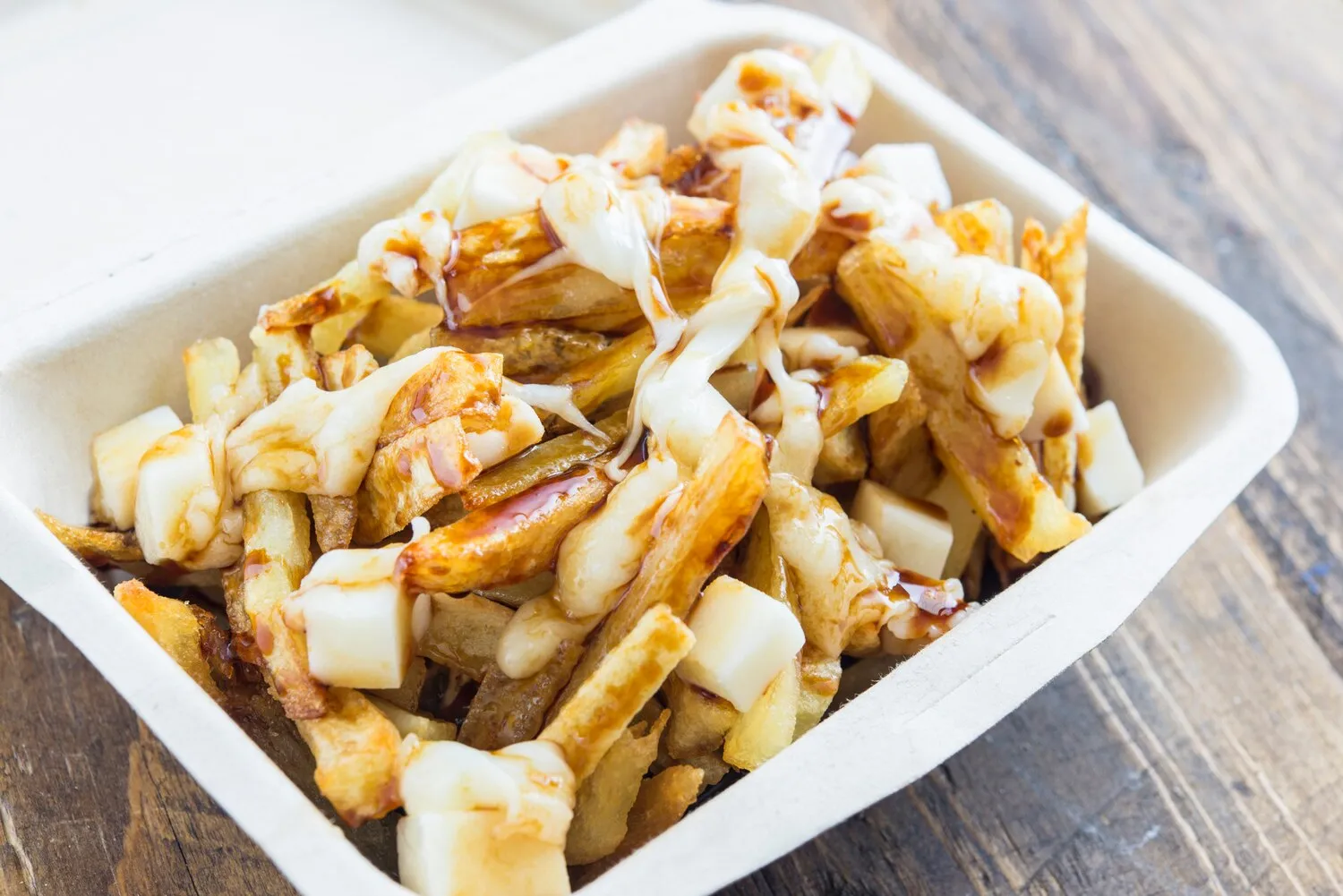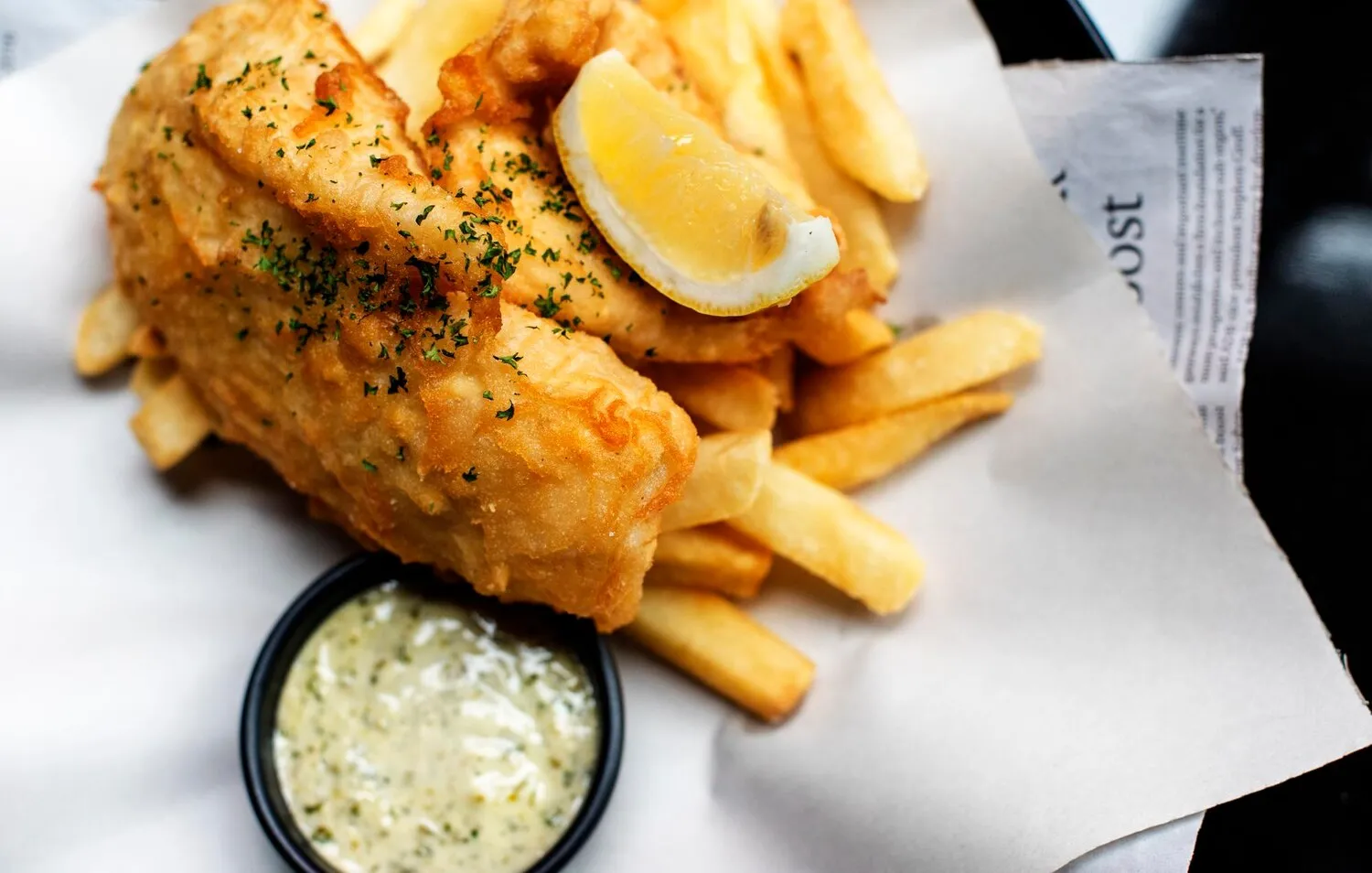
Poutine
Poutine with gravy and cheese curds.
Nutrition Facts
* The % Daily Value (DV) tells you how much a nutrient in a serving of food contributes to a daily diet. 2,000 calories a day is used for general nutrition advice.
The Rusty Putter
Poutine's origins are debated, but it's generally believed to have emerged in rural Quebec in the 1950s. Several towns claim to be its birthplace, with Le Roy Jucep in Drummondville and Warwick often cited. The combination of fries, cheese curds, and gravy likely evolved as a quick and satisfying snack in casse-croûtes (small diners).
Poutine is more than just a dish; it's a symbol of Quebecois culture and Canadian identity, evolving from humble beginnings to a national favorite.
Quebecois Identity
Poutine is strongly associated with Quebec and its distinct culture. It is seen as a comfort food and a source of pride for Quebecers.
Canadian Staple
Poutine has spread across Canada and become a popular menu item in restaurants and fast-food chains nationwide. It's considered a Canadian icon.
Poutine Festivals
Numerous poutine festivals are held annually across Canada, celebrating the dish in all its variations and showcasing creative takes on the classic recipe.
Beyond Canada
Poutine's popularity has extended beyond Canada, with variations appearing in restaurants and food trucks in the United States, Europe, and other parts of the world.
Poutine offers a savory and comforting blend of flavors, primarily salty, rich, and slightly tangy.
The foundation lies in the fries, ideally thick-cut and crispy on the outside, soft on the inside, providing a starchy base. Fresh cheese curds contribute a mild, milky, and slightly salty taste with a characteristic squeaky texture. The gravy, traditionally a light brown chicken or beef gravy, adds a savory depth and unifies the dish with its rich, umami flavor. The gravy's warmth melts the cheese curds slightly, creating a delicious contrast in texture.
Fresh Cheese Curds are Key
The squeakier the cheese curds, the fresher they are. Using day-old cheese curds is ideal to achieve the desired texture and melt.
Gravy Temperature Matters
The gravy should be hot enough to warm the cheese curds without melting them completely. Aim for a temperature around 70-75°C (160-170°F).
Fry Quality and Preparation
Use high-quality potatoes and fry them twice – once at a lower temperature to cook them through, and then at a higher temperature to achieve a crispy exterior.
Assemble Quickly
Poutine is best served immediately after assembly. Adding the hot gravy to the fries and cheese curds right before serving ensures the perfect balance of textures.
Explore additional Canadian dishes and restaurants
Explore CanadianDiscover top dining spots and culinary experiences in Chestermere.
Explore ChestermereLearn more about the food culture, restaurant scene, and culinary heritage of Canada.
Explore Canada
